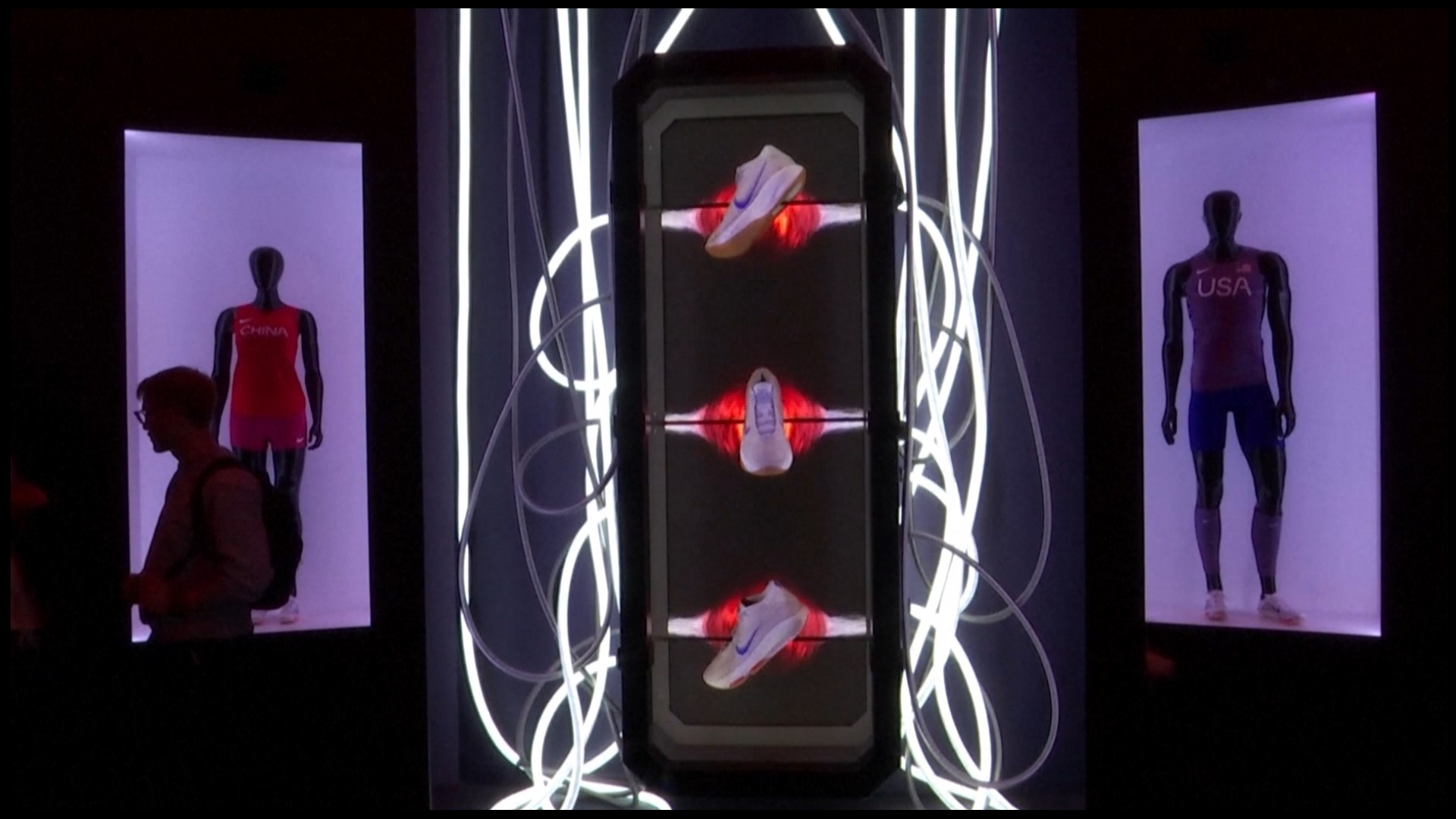PORTLAND, Ore. — On Thursday, Oregon-based sportswear company Nike unveiled Olympic kits for the teams it sponsors, betting that top athletes can help it win more everyday consumers.
After a long stretch of lackluster sales, this summer's Olympic games in Paris offer a fresh chance for Nike to direct the world's attention to its performance products like the Alphafly 3 marathon shoe, which retails at $285.
As well as outfitting U.S. athletes across all sports, Nike will provide kits for the track and field teams of Canada, China, Kenya, Germany and Uganda at this Olympics.
In basketball, Nike will outfit athletes from China, France, Japan and Spain.


Nike will also outfit the athletes for breaking — a new breakdancing event at the Paris games — for competitors from Korea.


The high-end shoes Nike will spotlight at the Olympics serve a relatively limited audience, but the broader goal for Nike is to sell more entry-level and mid-range running shoes. For instance, on Thursday, Nike highlighted its Pegasus shoe range, which retails at between $130 and $160.
Nike also spotlighted its "air-cushioning" technology, used in everything from marathon shoes to sneakers, and its knit materials that make shoes lighter.


Brands like On, Hoka and Lululemon are taking market share from Nike, and a trend away from chunky basketball sneakers and towards low-profile "terrace" shoes, like the Adidas Samba, is also hurting the sportswear giant.
'A PAINFUL REALITY': Nike will lay off 2% of employees
"What we learn from our best athletes — it's 10% of the athletes we work with — there is a trickle-down innovation because we're really intent and focused on making sure that our innovations work across body shapes, across... if we're talking running, running speeds, running styles, body shapes and styles," said Matt Nurse of the Nike Sport Innovation Lab.
"So, all the products that you see downstairs are tested with our elite athletes, all the way down to people who would say a 12-minute mile is slow. It's normal; it's actually the middle of the running pace. So, the people who run four- or five-, six-hour marathons get as much, if not more, attention as our elite athletes," Nurse said.

